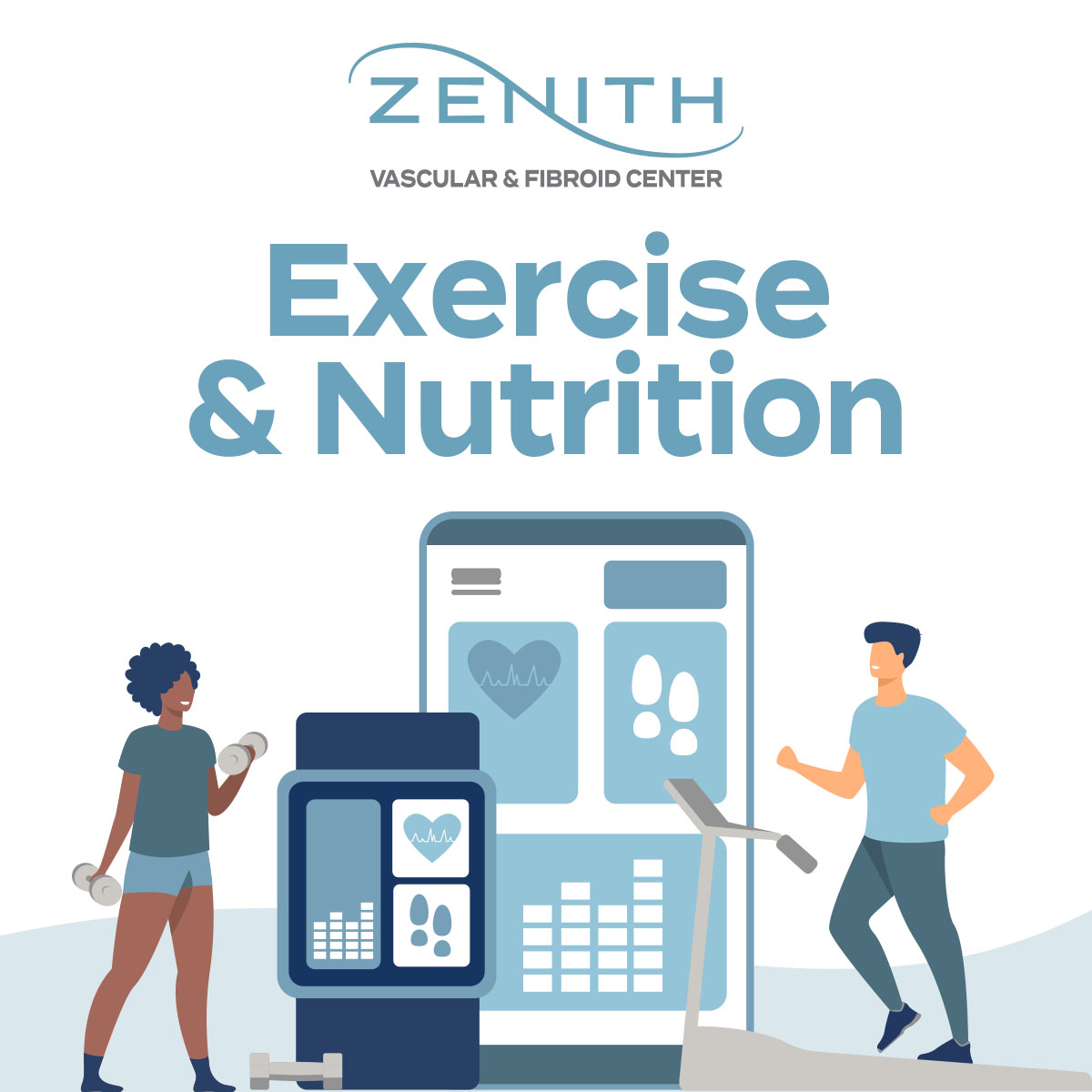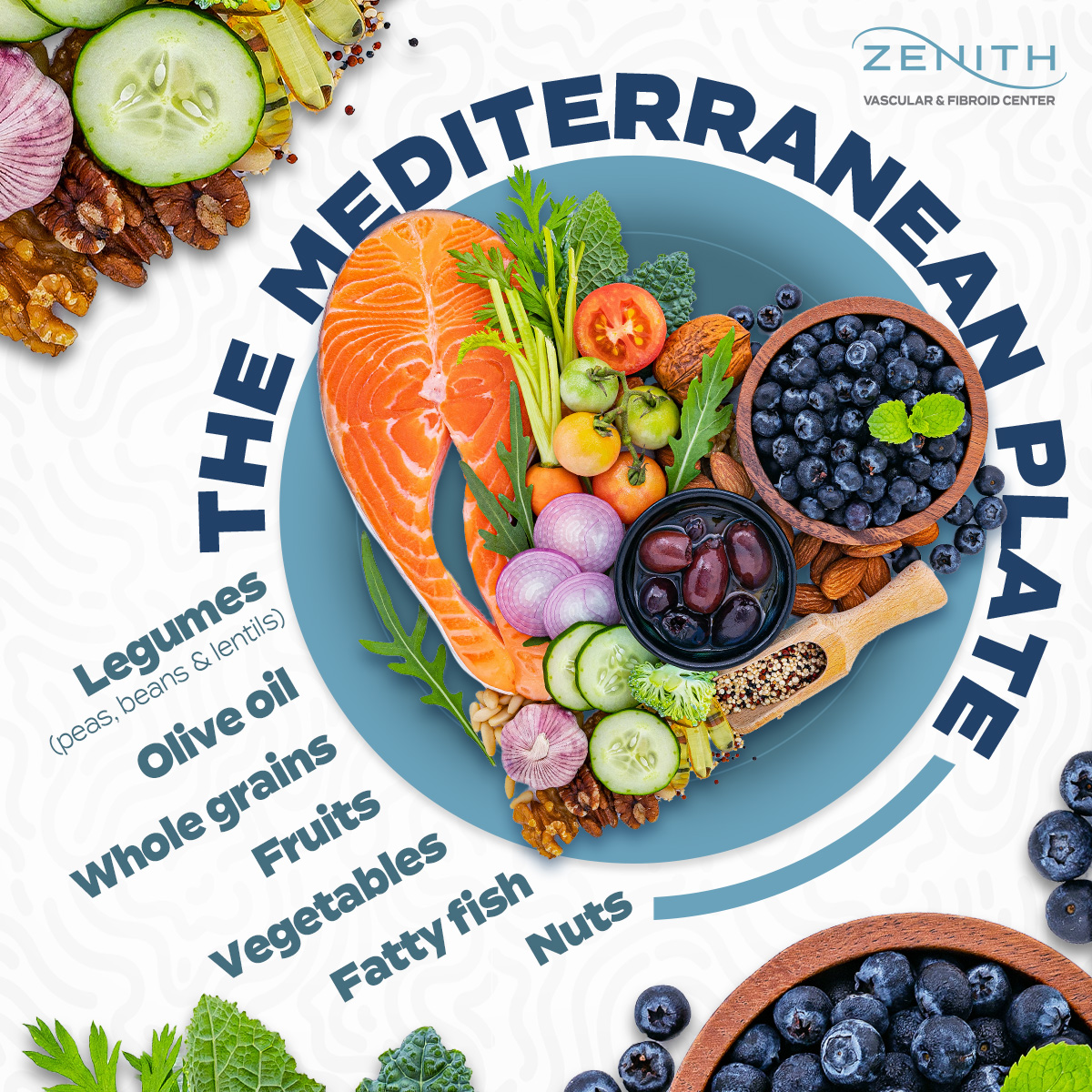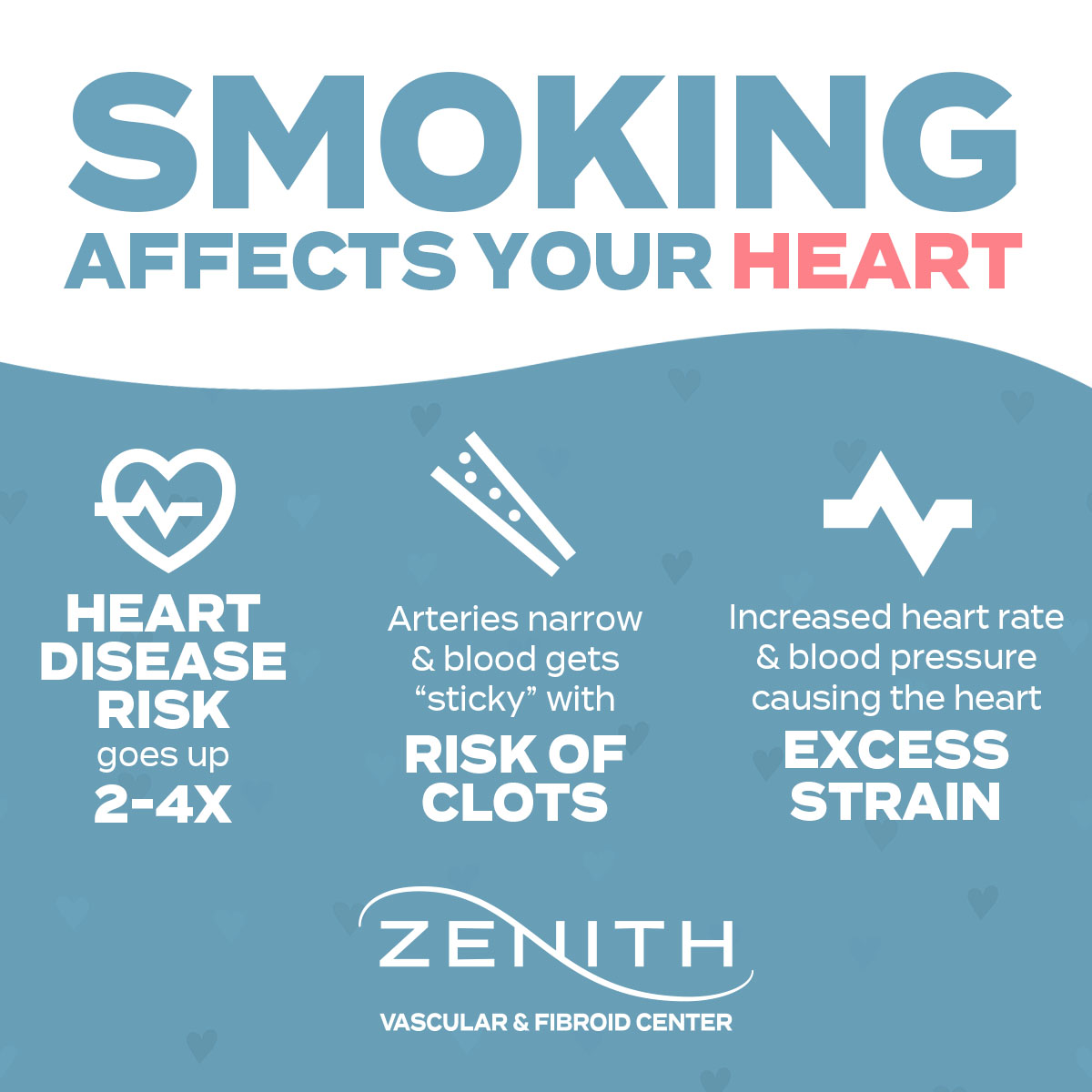Easy Workouts for PAD and Leg Pain Relief
PAD and the Importance of Managing Symptoms
Before delving into ways to enhance vascular health and decrease leg pain, it is important to know the significant impact of exercise on peripheral artery disease and overall vascular well-being.
Exercise plays a pivotal role in improving blood circulation and maintaining vascular health, particularly in patients suffering from peripheral artery disease or PAD. Regular physical activity will improve blood flow, strengthen blood vessels, and reduce the risk of developing circulatory issues that lead to conditions like leg pain.
Understanding these proven facts about the relationship between exercising and vascular health can help you develop healthy habits to improve circulation and decrease discomfort associated with peripheral artery disease.
Low-Intensity Exercises in PAD Management and Circulation Improvement
Engaging in low-intensity exercises can be beneficial for patients with leg pain due to peripheral artery disease (PAD). Here is a list of simple activities that can help improve circulation in the legs and alleviate leg pain:
- Walking: A low-impact exercise that can help improve circulation and strengthen leg muscles without causing excessive strain.
- Swimming or water aerobics: Water provides buoyancy and support, making it an ideal option for those with leg pain.
- Cycling: Riding a stationary bike or cycling outdoors to exercise the legs while reducing impact on the joints.
- Yoga: Gentle yoga poses can help improve flexibility, strength, and balance.
- Pilates: Pilates exercises focus on core strength, flexibility, and overall body alignment, which can be beneficial for those with leg pain seeking relief.
- Stretching: Incorporating gentle stretching exercises can help improve flexibility, reduce muscle tension, and alleviate leg pain.
One good tip for managing a consistent exercise routine is to start slow and gradually increase the duration and intensity of your workouts. Listening to your body and not pushing yourself too hard is key to avoiding injury and sticking to a long-term exercise routune.
Nutrition Tips to Support Vascular Health and Reduce Symptoms of PAD
A healthy diet plays a crucial role in managing leg pain for patients with Peripheral Artery Disease (PAD). By incorporating specific nutrition tips tailored to improve blood circulation, individuals can experience relief and better manage their condition.
Focusing on a diet rich in fruits, vegetables, whole grains, and nuts can help enhance blood flow and reduce discomfort associated with PAD. Additionally, making gentle food substitutions that are easier to adopt initially can gradually transition individuals towards a more circulation-friendly diet.
By understanding the importance of nutrition for PAD patients and implementing these dietary changes, individuals can take proactive steps towards improving their overall well-being and reducing leg pain caused by poor circulation.
The Impact of Smoking Cessation on PAD Progression and Overall Vascular Health
Smoking, vaping, or consuming alcohol can significantly impact your vascular health, potentially leading to conditions like high blood pressure that may cause leg pain. By quitting these habits, you not only reduce the risk factors associated with vascular issues but also improve your overall well-being.
When it comes to smoking cessation, the benefits are numerous. Not only does it improve vascular health and circulation, but it also reduces the likelihood of developing conditions like peripheral artery disease that can lead to leg pain. Here are some tips to help you quit smoking:
- Set a quit date and commit to it.
- Seek support from friends, family, or a support group.
- Consider nicotine replacement therapy or other cessation aids.
- Stay active and engage in activities that distract you from cravings.
- Avoid triggers that make you want to smoke.
By taking steps towards quitting smoking, you not only reduce the risk of leg pain due to vascular issues but also improve your overall health and well-being in the long run.
Enhancing Your Vascular Health With Innovative Products
Incorporating the latest products into your daily routine can significantly enhance your lifestyle tracking efforts. By utilizing a step counter to monitor your low-intensity exercises and investing in compression socks for added comfort, you can take proactive steps towards improving your overall well-being.
Fitness technology has revolutionized how we approach health and wellness, allowing us to track our progress with precision and accuracy. A step counter serves as a reliable tool to monitor your daily activity levels, providing valuable insights into your movement patterns and encouraging you to stay active throughout the day.
On the other hand, compression socks offer not only comfort but also potential benefits such as improved circulation and reduced muscle fatigue. By incorporating these innovative products into your lifestyle regimen, you can optimize both your fitness routine and overall comfort levels for a more balanced and fulfilling lifestyle.



